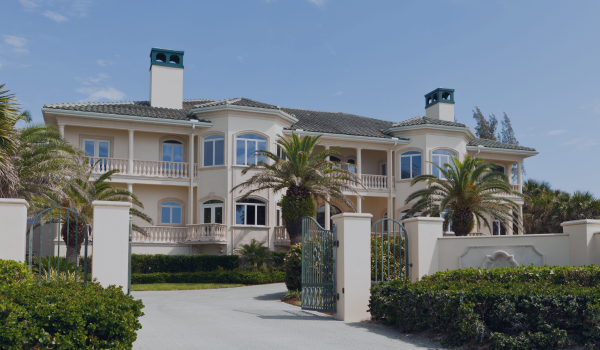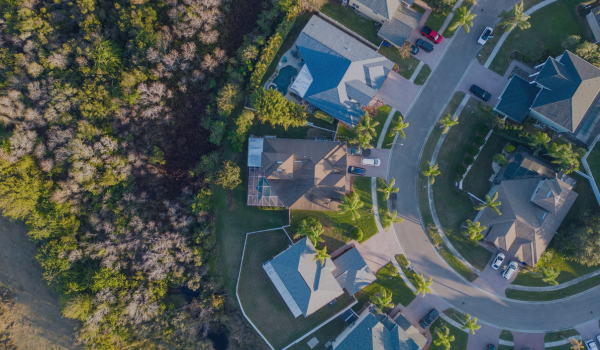The auto insurance market is struggling with multiple challenges, resulting in sharp auto insurance premium increases. According to some estimates, the average auto insurance policy is expected to cost 8.4% more in 2023, representing the largest increase in auto insurance costs in six years.
What’s Causing Auto Insurance Premium Increases?
Multiple factors drive auto insurance premium increases. The industry is currently under financial pressure caused by more frequent and severe weather conditions, a severe labor shortage and a sharp rise in car repair costs.
Severe Weather—Most people associate auto insurance with driving. However, comprehensive auto insurance also pays for damages resulting from acts of nature, such as flooding, hailstorms, tornadoes, and wildfires, as well as other noncollision-related incidents. As extreme weather conditions increase in frequency, insurance claims also rise, affecting the cost of premiums for all policyholders. South Florida had a 1,000-year event in April with 25 inches of rain in 24 hours, resulting in more than $100 million in damages. During the same month, 29 tornadoes ravaged the central and southern plains in one day, causing $1.9 billion in damages. Across the U.S., 2022 saw 18 separate billion-dollar weather events. As of August 2023, there have been 15 weather disaster events with losses of more than $1 billion each.
Labor Shortage—The cost of labor has increased as many jobs go unfilled. Although 4.5 million new jobs were created in 2022, an additional 3 million workers are needed to reach pre-pandemic employment levels. This means that employers have to increase wages in order to attract workers thereby contributing to increased costs.
Rising Costs—Inflation affects various sectors, and the car repair business is no exception. The cost of fixing cars surged by 23% in the past 12 months—nearly fourfold compared to the average price increase across the board. Lack of available labor and a scarcity of auto parts were significant contributors to rising costs.
How to Reduce Auto Insurance Premiums
Each of these strategies could lead to meaningful auto insurance premium savings:
Combine multiple insurance policies with the same company. According to some estimates, consumers can save an average of 16% on premium costs by bundling home and auto insurance policies.
Shop for a low-mileage policy. The number of miles you drive each year can also impact your insurance rate, depending on the insurer. Talk to your agent about a usage-based car insurance policy that may help reduce your monthly costs.
Consider paying your insurance premium in one lump sum. Insurance companies may tack on fees for monthly payment plans. Paying in full could earn you significant discounts, depending on your insurer’s rules.
Ask your agent to help you find discounts. While premiums skyrocket when you cover drivers under age 25, some insurers provide discounts for students with excellent grades.
Evaluate your current coverage to determine whether it’s appropriate for your situation. With help from your agent, consider eliminating unnecessary coverage or raising your deductibles to help lower premiums.
Work With an Experienced Insurance Agent
An insurance agent can help you shop for favorable auto insurance rates by evaluating various policy options. They can assess your needs and driving history, then match you with the policy that provides the right coverage at the best price. Your agent can also help you adjust your coverage as your life circumstances change, ensuring you always have the best coverage at competitive rates.
Contact RMC Group today to get started at 239-298-8210 or click here to get a quote.
© 2023 Zywave, Inc. All rights reserved. This document is not intended to be exhaustive, nor should any discussion or opinions be construed as legal advice. Readers should contact legal counsel or an insurance professional for appropriate advice.



